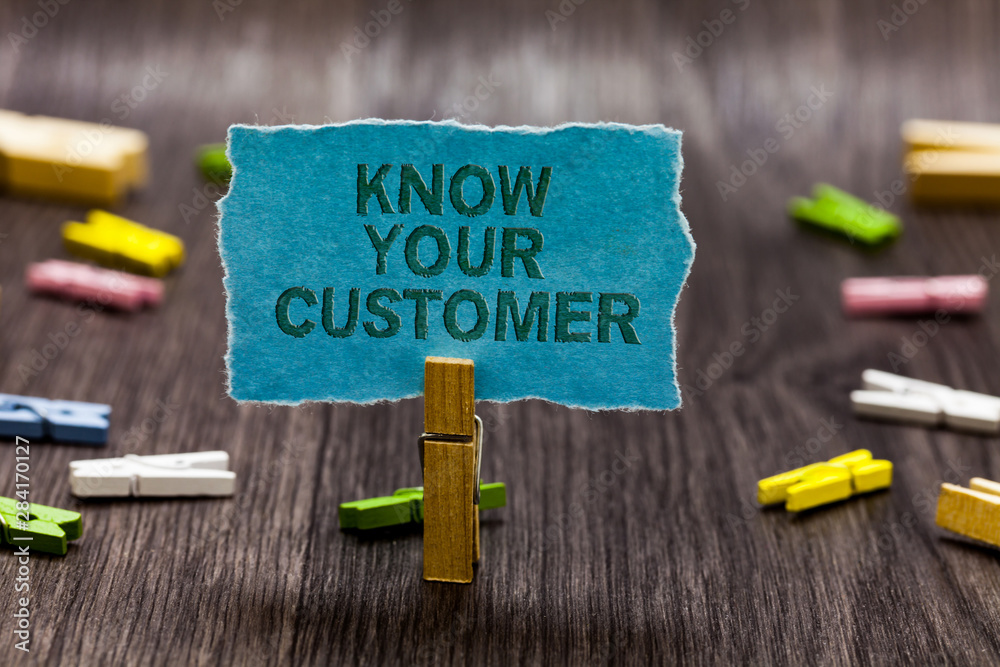Swaroop Krishnan
1 Year Ago
Personalization is the buzzword you hear so often these days, but what does it actually mean in terms of your e-commerce site. Personalization for your e-commerce means that you’re offering each of your customers a unique shopping experience with dynamic content and product recommendations. By creating personalized shopping experiences, you’re helping your customer by showing them more of what’s relevant to their interests and buying behaviors. This improves customer service and drives incremental revenue.
The Elements of Developing a Commerce Based Personalization Strategy

Data Collection
Personalization starts with data collection. With the help of analytics tools, it is possible to capture data such as page visits, traffic, email clicks, purchases, and search history. It is important to define what data you want track, the users you are tracking and when you track the data. Capturing and tracking this data is the starting point to creating a personalization strategy
Role of AI and Machine Learning
Once you have collected enough relevant data from your e-commerce site, artificial intelligence (AI) will play a critical role in personalization. Leveraging machine learning and data mining allows you to process Big Data efficiently and help you find patterns in the data that will make personalization decisions and product suggestions. An AI driven personalization platform works as follows:
- Gathers Data: Collects data based on user behavior such as clicks, add to carts, checkouts, and coupon code uses etc.
- Segments Data: Segmentation of data can be done on:
- Customer Type – new, returning
- Traffic sources – channel from which they arrived from – email , promotions , organic search , referral url
- Geolocation – Segmentation of users by language, region
- Behavior – You can define behaviors such as when a user returns what are the chances of purchasing
- Devices – Mobile, Tablet, Desktop.
- Takes action: making recommendations such as cross-sell, upsell, display promotions that are specific to customer. Following are some of the actions –
- Dynamic Content Block – Show data that is most relevant to users
- Overlays – Display promotions or sales events in a modal
- Display product recommendations on different places of the website
- Social media targeting – Display ads on social media
- Send email promotions or ads through email
Interested in learning more? Dunn Solutions has decades of experience creating effective personalization strategies for both B2C and B2B e-commerce sites.
To learn more about how Dunn Solutions can help your business deliver personalized e-commerce experiences to your customers, contact us today!





